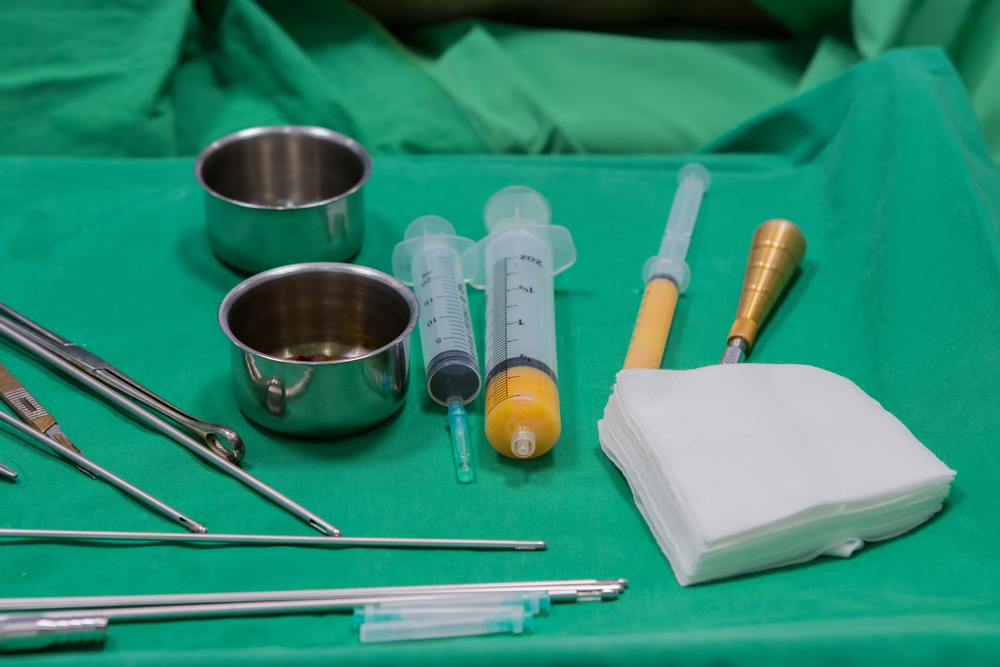
According to an article written by the American Society of Plastic Surgeons, fat grafting incorporated with facelift surgery has become the most popular technique among plastic surgeons. This technique involves gently harvesting fat cells using donor sites from the patient’s own body, such as the thighs or abdomen. The fat cells are then meticulously injected into the deflated areas of the face to add volume and three-dimensional rejuvenation. According to the survey, an incredible 85 percent of the plastic surgeons said they used fat grafting during facelift procedures.
I have embraced autologous fat transfer to the face since 1997. I also use this powerful procedure for breast enhancement and body contouring, such as Brazilian butt lifts. In the face, I refer to this technique as micro-fat grafting because of the delicate and precise nature of the procedure. In my practice, I routinely use micro-fat grafting during facelifts and blepharoplasties, which are two of the most common procedures I perform.
My goal in performing a facelift, or other facial rejuvenation surgery, is to make you look like your younger self – healthy, rested and refreshed. As we age, not only does our skin become looser and droopier but we also lose volume in all the tissues of our face, including fat and bone. Older facelift techniques addressed skin laxity but making your face look tighter, but did not always make it look younger. This is the look so many of my patients DON’T want – think bad celebrity lifts. By combining a less invasive, short-scar technique with micro-fat grafting, I can achieve a natural-looking facelift result that looks like you, just a decade or two ago. Check out my before and after gallery to see for yourself. I recommend carefully looking at the ¾ view photos, which really show the midface/cheek contour as well as the jawline.
Based on my experience and in the ASPS article referenced above, the rejuvenating power of fat transfer is long-lasting. Although a small amount of the injected fat is absorbed early on, I agree with the surgeons in the study, who stated that most of the transferred fat was still present one year after the procedure. In my personal experience, I have found that the volume present at 3 months after the procedure is stable and lasts for years thereafter if the patients otherwise lead a healthy lifestyle and use sun protection.
For more information or to schedule your consultation, call us today!
Dr. Lucie Capek, MD
BACK TO ALL BLOGS






